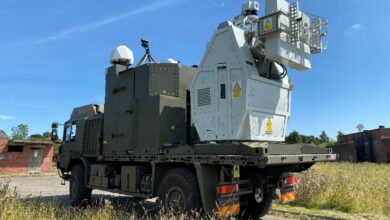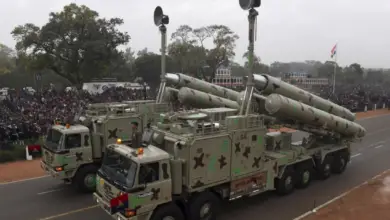The Indian Army has inducted seven indigenous counter-drone systems for deployment along the border with China in the north.
The Integrated Drone Detection and Interdiction System (IDD&IS) features both soft and hard-kill options with ranges of 2 to 5 kilometers (1.2 to 3 miles) and 800 meters (2,624 feet) respectively, according to The Times of India.
A drone’s soft-kill options include jamming, spoofing, and disrupting communication between the drone and its operator, whereas hard-kill includes directed energy options such as laser and microwaves.
According to the outlet, the vehicle-mounted system deploys jamming and lasers as its soft and hard-kill options.
More Powerful Version Next
“Produced by DRDO [Defence Research and Development Organisation] and Bharat Electronics, these IDD&ISs are Mark-1 variants inducted by the Army Air Defence,” The Times of India quoted a source as saying.
“They will add to the existing counter-drone systems. There will, of course, be advanced IDD&IS versions with longer interception ranges,” he added.
“The systems provide an integrated capability to detect low radar cross-section drones or unmanned aerial vehicles and enable their destruction through integrated application of soft and hard kills.”
Indian Laser-Based Counter Drone Systems
Considered a late starter in drone development, the Indian military has taken steps to cover up the lost ground including ordering a DRDO-developed 2 to 10 kilowatt laser-based system for 40 billion Indian rupees ($38 million).
According to The Times of India, the organization is also developing a powerful counter-drone system featuring 30 to 40 kilowatts of laser power and a range of 10 kilometers (6.2 miles).
The system’s expected development period is three to five years.












